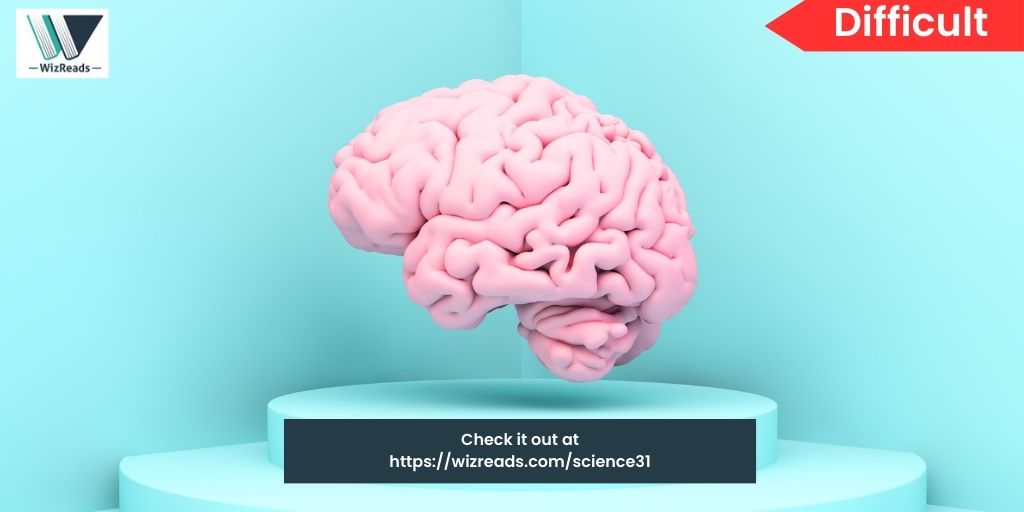
This GRE GMAT reading list is to help you ace the reading comprehension section. Each article is followed by GMAT GRE RC practice questions such as inference questions and extrapolation questions in Reading Comprehension. Go through each of these RC recommended reading suggestions and answer the practice question before checking out the explanatory answers. The curated reading list for March 2024 comprises two articles in science and one each in culture and business.
Happy Reading!
Emergent Gravity | March 27, 2024
From Xocolatl to Chocolate | March 20, 2024

We associate chocolates with the Swiss but the origins of the chocolate as a drink can be traced to the Mayan culture. Read this easy article to trace the history of chocolate across multiple continents and its evolution into how we know it today.
Answer this Medium Difficulty Inference Question
Which of the following is true about the role of chocolate in Mayan and Aztec cultures?
- In both cultures, every one of all classes enjoyed the frothy beverage.
- Only the Mayans believed that the drink was a gift from the gods.
- Both cultures valued the drink and consumed it during special celebrations.
- Aztecs traded in both Cacao beans and in gold while Mayans predominantly traded in the beans.
- Although a popular drink, it was considered severely dangerous to consume the drink in excess.
RC Question Answer & Explanation ▼
The article mentions that, although, in Mayan culture, chocolate was commonplace and in Aztec, consumed mainly by rich, both Mayan and Aztec history show chocolate being drunk during special occasions and ceremonies.
Correct Answer: Choice (3)
Categories: Social Sciences Articles | Easy
AI and Intellectual Property | March 13, 2024

This interesting article explores how generative AI can be used to protect intellectual property. The article elucidates different strategies for firms of different sizes. Read the moderate difficulty article to know more.
Read the Business & Economics RC Passage
Answer this Medium Difficulty Extrapolation Question
Which of the following is another illustration of the concept of “cross-licensing”?
- When firm D infringes on a patent of firm E, then firm E should be allowed to use a patented product or process of firm D, license free.
- When firms D and E infringe on each other’s patents, neither should be allowed to use the patented product or process.
- When firm D infringes on firm E’s patents and firm E infringes on firm G’s patents, then firm G should be allowed to use firm D’s patented product or process.
- When firms D and E infringe on each other’s patents, they should both be allowed to use the identified patents for a limited time, on mutual agreement.
- When firms D and E infringe on each other’s patents, the best resolution can be achieved through legal counterattacks.
RC Question Answer & Explanation ▼
According to the passage, “cross-licensing” is a process by which two large firms that find that they are violating each other’s patents can choose to share the usage of all patents, for a duration of time, instead of going to court. This allows both firms to grow.
Correct Answer: Option (4) is the closest match and the correct answer.
Categories: Business & Economy Articles | Moderate
The Gendered Brain | March 6, 2024

Are men and women wired differently in our brains? Are there biological differences behind our skills and hobbies? Turns out…. No! All the purported research backing the claim of a gendered brain are fundamentally flawed in a misguided attempt to claim “Aaha!”. Read this difficult article on neurosexism to know more.
Read this Difficult Science RC Passage
Answer this Medium Difficulty Inference Question
Which of these statements will Rippon agree with?
- Even if a study is conducted on a sample size of 20-odd men and women, the results can be considered valid if due diligence was undertaken.
- Because there are no biological differences in the brains of newborn girls and boys, it is likely that whatever differences that later develop were caused by society.
- Despite differences in the brain, men are capable of being caretakers and women of becoming scientists.
- Male-female ‘complementarity’ in the brain is a more likely explanation than women inferiority in the brain.
- Rippon herself believes that the book is too ambitious and is unlikely to cause an impact on how scientists study the brain.
RC Question Answer & Explanation ▼
In this passage as part of the GRE GMAT Reading List, Rippon argues that there are no differences in the brains of men and women at birth. Rippon goes on to show “how children’s cerebral sponges” probably differentiate thanks to the “starkly pink-versus blue cultures in which they are soaked from the moment of prenatal sex reveal.”
Correct Answer: Choice (2) is the correct answer.
Categories: Science Reading Articles | Difficult
Leave a Reply